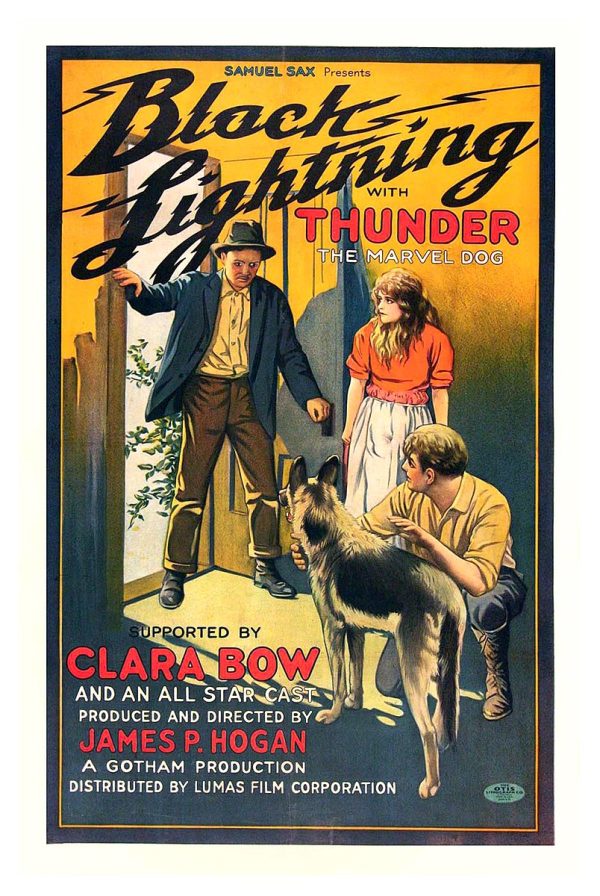
Every decade has one.
An “it” girl.
We’d have to go back to the turn of the century to find the origin of the “it” girl concept, though it probably got its start in British upper-class society. While the definition is more fluid these days, historically, an “it” girl was a young woman often seen at the most fashionable places and parties with famous and influential people. Designers fell over themselves to dress her, and everyone wanted to emulate her. In America in the 1950s, Truman Capote famously coined these women as “society swans.”
Cynics have charged that such personalities have no real personal achievements beyond being famous, and point to Paris Hilton or any of the Kardashian women to illustrate their point. Nevertheless, “it” girls have usually been movie stars or fashion models who left a mark on their time.
We suppose it’s debatable who the most influential “it” girls have been through the decades, but as we see it, some personalities are beyond discussion when one looks at the impact they had on the culture. With her boyish haircut and bold eye makeup, Twiggy was definitely an “it” girl, and probably the world’s first Supermodel. Edie Sedgwick became a 60’s “it” girl by virtue of her friendship with pop-culture artist Andy Warhol, and her multi-million dollar trust fund. Madonna was one. So were the aforementioned Paris Hilton and Kardashians. More recently, “it” girls could include Emma Chamberlain, Gigi Hadid and Kendall Jenner.
Before any of them, however, was Clara Bow, a megastar of the silent film era, and the original “it” girl.
As a teenager, Clara won the “Fame and Fortune Contest” in which first prize was a part in a movie. She went from selling hot dogs (at a stand owned by Nathan Handwerker of Nathan’s Famous brand fame) to the movies. Her first role was forgettable, but it was her appearance as a plucky shopgirl in the movie, “It” that propelled her into global fame, and earned her the nickname “The It Girl.” It was said that she could flirt with a camera just by looking into it with her big brown eyes and mischievous grin. The characters she played were always working class people, and at a time when morality was considerably more restrictive than it would be a few years later, Clara’s potent sex appeal and “youth in rebellion” persona made her a megastar. Between 1927 and 1930, she was the biggest box office draw in America, and at one point, she got more than 45,000+ fan letters in a single month, a record in the industry.

Thunder, the Marvel Dog, photo under public domain
The transition from silent movies to “talkies” killed more than one career, but Clara Bow easily made the transition. Indeed, sources write that Clara was the reason the now ubiquitous “boom microphone” was invented. In the early days of talking pictures, microphones had to be hidden on set pieces, sometimes even hidden in actual plants. Clara’s propensity for walking around while filming wasn’t an issue during the silent movie age, but it was problematic when sound was introduced. During the filming of the 1929 movie, The Wild Party, movie director, Dorothy Arzner, the director, came up with the idea of attaching a microphone to a fishing rod and hovering it over Clara (but out of camera range) as she moved around. The boom mic was born.
Clara was the female lead in the first-ever movie to win the Academy Award for Best Picture (1927’s Wings), and her final film was Hoopla released in 1933 when she was all of 28. She retired from movies and moved to a working cattle ranch in Searchlight, Nevada with her husband, Western actor Rex Bell. Sadly, Clara was diagnosed with schizophrenia in her 40s, an affliction from which her mother suffered as well, but she had packed a lot of life into one. She had parlayed a childhood defined by poverty, abuse, and loss into a career that included 40 silent movies, 15 films in one year alone, and several talkies. She encapsulated the energy of the Roaring Twenties with her zany sense of fun packaged in expressive eyes, bobbed hair, and the lines of an hourglass figure ironed out by flapper clothes.
Before Clara Bow died of a heart attack in
Image:
